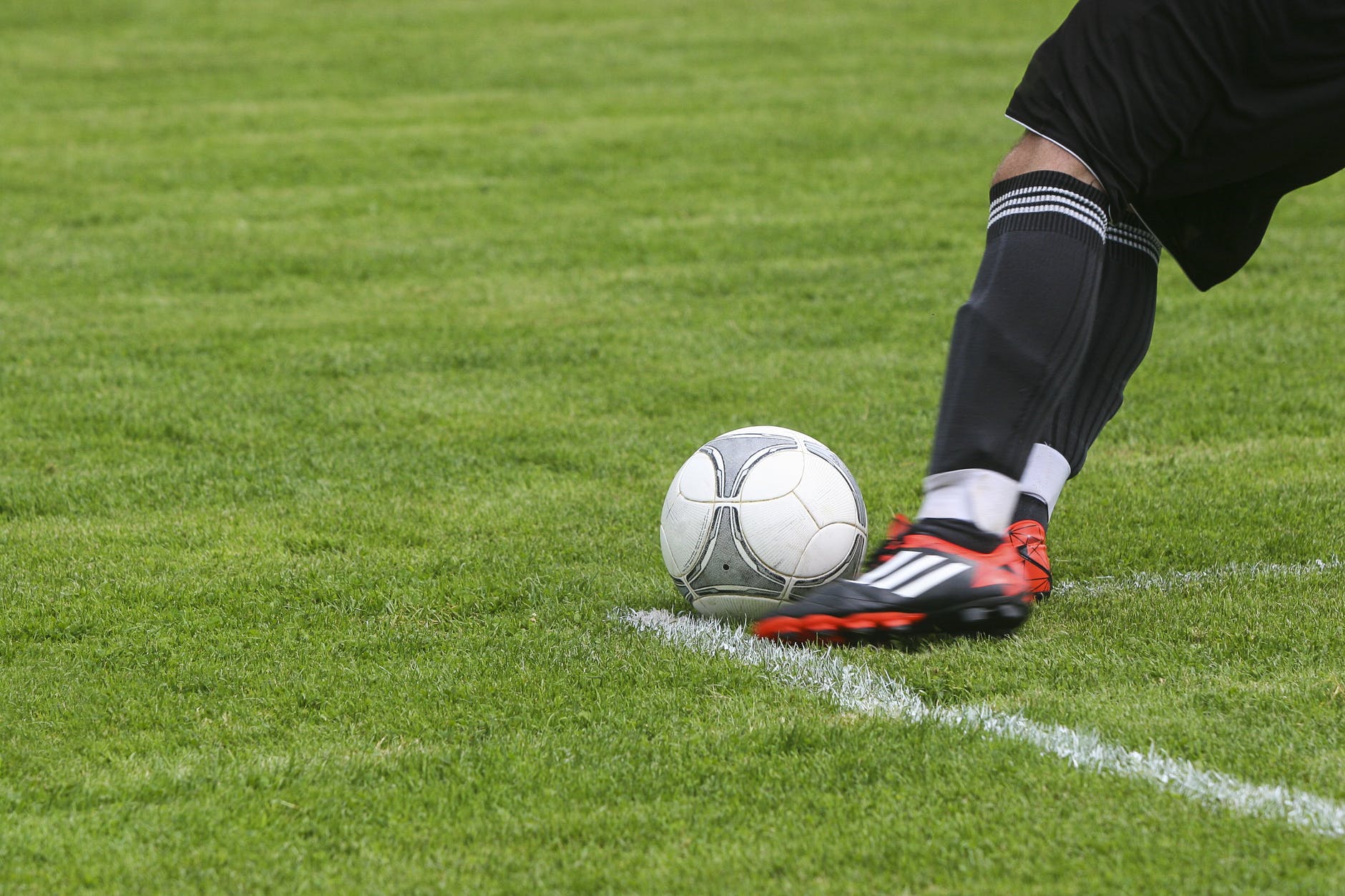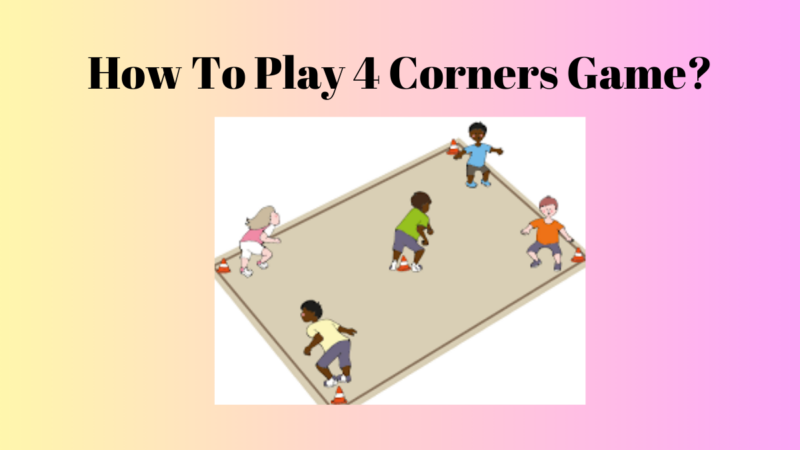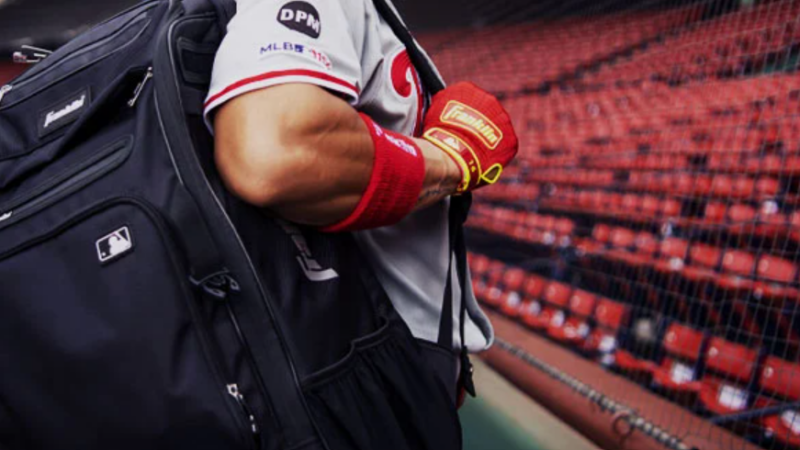Recover From Soccer Injuries And Get Back To The Pitch

Regardless of how strong, skilled, and athletic a soccer player you are, getting soccer injuries is common. Even the most agile and healthiest soccer player is prone to accidents and sports injuries. It only takes a slight slip, trip, or bump to break a bone or pull a muscle.
Therefore knowing how to recover from even the worst soccer injuries successfully is important. An effective recovery means you can return to the pitch and play like you used to.
Soccer injuries are described as either cumulative or acute.
Acute injuries are traumatic and are caused by a blow, fall, or collision between the players.
Cumulative injuries happen when a muscle, tissue, or joint is under repetitive stress worsening the pain aches and brings physical impairment.
Before starting with the recovery process, it is important to learn and why these sports injuries happen.
Common Soccer Injuries
Below we have mentioned some common soccer and knee injuries.
Common Knee Injuries
Among the most common and worst soccer or sports injuries are knee injuries. Soccer is a sport that involves kicking and requiring to stop and shift the player’s directions. This put rotational stress on the player’s knees and ligaments.
When the stress crosses the limitation of the ligament, it causes tears or sprain.
The four cruciate ligaments that stabilize the knee joints are:
- Anterior cruciate ligament (ACL) at the front of the knee
- Posterior cruciate ligament (PCL) at the back of the knee
- Medial collateral ligament (MCL) on the inside of the knee
- Lateral collateral ligament (LCL) on the outside of the knee
ACL injuries are the most common knee injuries.
Other common sports injuries
Although most soccer injuries occur in the lower parts of the body, some other body parts can also get injured. These are some other common sports injuries that are often seen in soccer players.
- Ankle sprains
- Achilles tendonitis
- Achilles tendon rupture
- Concussion
- A groin pull
- Hamstring injuries
- Patellofemoral pain syndrome
- Plantar fasciitis
- Pulled calf muscle
- Shin splints
- Stress fractures
- Tendinitis
Tips for recovering effectively from Soccer injuries
So how can you recover from sports injuries? The first step is to take your recovery period very seriously. If you become careless, you could risk getting a permanent injury and even damage your future prospects as a soccer player.
Below we have listed nine ways to help you effectively recover from even the worst soccer injuries.
Immediately reduce playing time.
The immediate thing to do is reduce your physical activity and not just soccer. While you examine your injury, do not continue to play or train, no matter how tempted you are.
If it’s only a minor bruise, you can continue playing as bruises heal easily and do not carry the risk of lasting damage. However, in case of muscle pains, strains, serious injuries continuing with your routine can cause severe damage and increase your recovery time.
Seek help from a trained professional
As soon as you encounter an injury, seeking a professional for advice and help is important. You may think that you know about the injury and what to do for its recovery; however, a professional has years of experience and knowledge.
A trained health professional can assess your injury properly and advise you on suitable steps to take for fast and effective recovery. Asking for a professional’s help can save you from a lot of pain and stress in the future.
Avoid playing a match when injured
After getting an injury, you should stop playing unless it is very minimal. If you get injured during a soccer game or practice, continuing playing can worsen the injury.
For instance, if you sprain your ankle and continue running, the increased pressure can cause damage and swelling. This will ultimately result in a long break.
A minor injury will turn into a serious one with severe, lasting consequences.
Reduce pressure, elevate, and apply ice
The best action to take for various soccer injuries is reducing pressure, elevating the injured area, and applying ice. Reducing the pressure helps in minimizing the stress to strain and prevents more damage.
Icing helps to minimize swelling and also reduces pressure on the injured area. Finally, elevating the affected area will reduce any excess build-up of fluids.
Perform basic stretches
Ensuring your muscles and joints limber is one great way to speed up recovery from any sports or soccer injuries. After getting injured, the body may become tense, and it is a natural reaction when we are suffering from pain.
Once you feel better, try to perform basic stretches using the body part, which was affected. If you feel any twinges or it hurts, stop immediately. However, if you feel the pain to be manageable, continue with the stretches. Create a routine to practice various stretches several times a day to keep your limbs and muscles supple.
Use resistance bands
Once the swelling starts to go down and you feel strong, try using a resistance band to strengthen muscles and joints. There are various exercises that you can easily perform using resistance bands.
Resistance bands are the easiest way to speed up your recovery process and ensure that your body remains strong enough. It also helps a great deal to test your strength and measure the recovery process.
Maintain a healthy diet with a dose of anti-inflammatory foods
Following a healthy diet is not only essential for soccer players but for everyone to live a well-balanced life. Maintaining a nutrient-rich and healthy diet will speed up the recovery process from an injury. Your body needs essential minerals and vitamins to perform various tasks like fight infection and cell repair. This is extremely important to let your body heal from a sports injury.
Certain foods have anti-inflammatory properties like green vegetables, tomatoes, fatty fish, nuts and strawberries, etc.; these fruits and vegetables can help in reducing inflammation surrounding the injured area.
See a physical therapist for rehabilitation.
The severity of the injury decided whether you should see a therapist or not. If you have serious sports injuries like a broken bone, muscle tear, physical therapy will be of great help.
A physical therapist can provide an action plan for a swift and effective recovery from an injury.
They can provide specific exercises and stretches and also monitor your growth along the way. You can work with your therapist to ensure that the injury is healing properly and the body is mending the right way.
Maintain a basic level of fitness
When your body is recovering from an injury, at times, you may feel lethargic and drop in energy levels. This happens because your body and the immune system put a lot of effort into recovering from the injury. In addition to this, you will stop playing soccer due to injury, which may further reduce energy levels.
It is always advised to maintain your fitness levels throughout the recovery period, if possible. This will make the recovery process very smooth. It will speed up the recovery and keep the body in the shape that will later help you return to the field.
Tips For Preventing Soccer Injuries
Most soccer injuries result from overtraining, overuse, lack of warm-up, and poor conditioning.
We have listed some tips to minimize and prevent soccer injuries.
- It is mandatory to warm up and do stretching 30 minutes prior to the match. Pay close attention to hamstrings, hips, groin, quadriceps, Achilles tendons.
- Wear protective gear like shin guards, mouth guards, elbow-knee pads, and eye protection. Make sure to buy the right type in the right size.
- Check the field for anything that may cause injuries, like puddles, holes, stones, debris, or broken glass.
- Avoid playing after drenching rain or during inclement weather when the field is muddy and slick.
- Give your body enough rest to heal after an injury, even a small one. Rushing back early can increase the risk of re-injury.
Final Words:
Injuries are a common part of every sport. Similarly, getting soccer injuries is natural for an athlete. To effectively recover from an injury, it is important to follow good after-care practices and follow all the preventive measures. You must always respect your joints and avoid taking painkillers in case of flare-ups. It is better to sit through a game and avoid the risk of severe injury.




